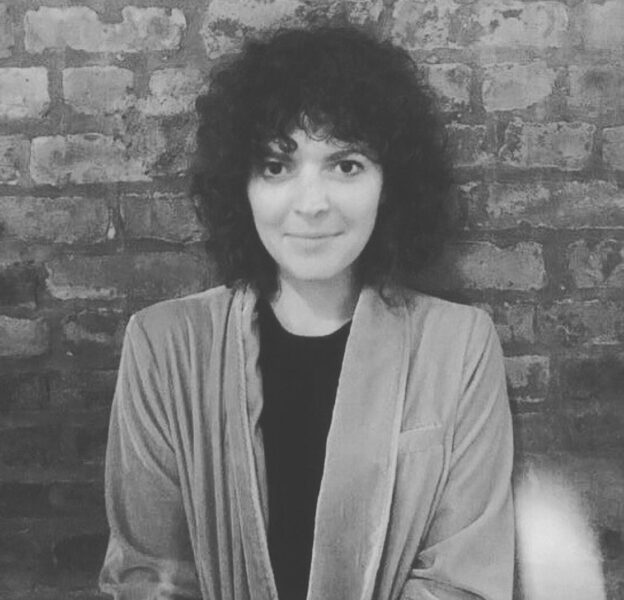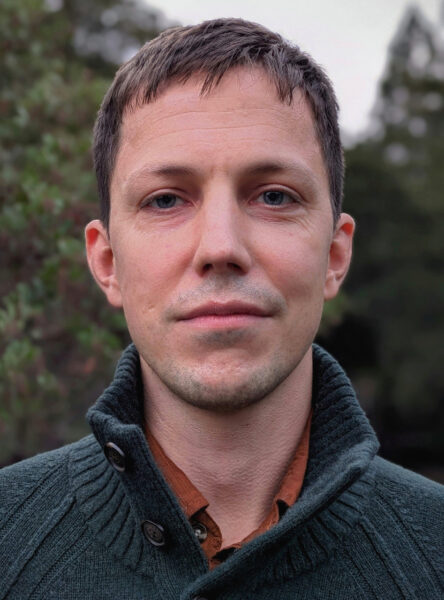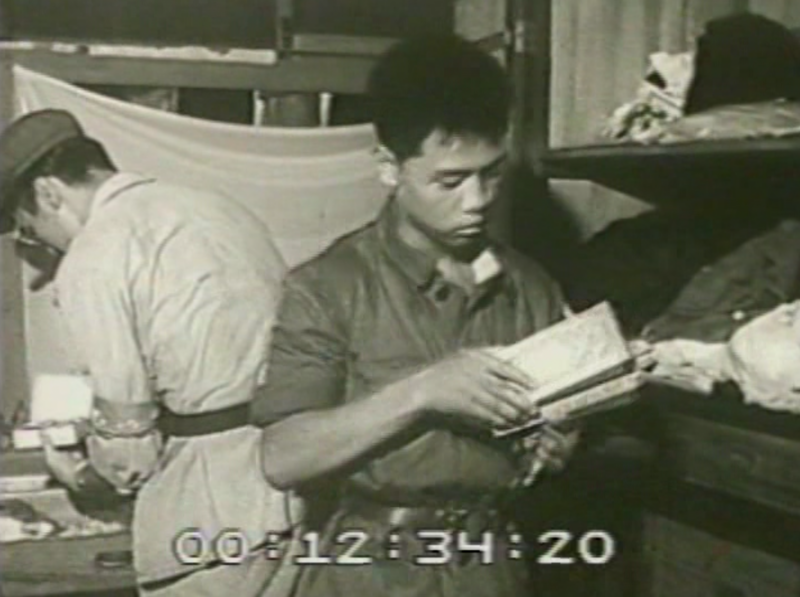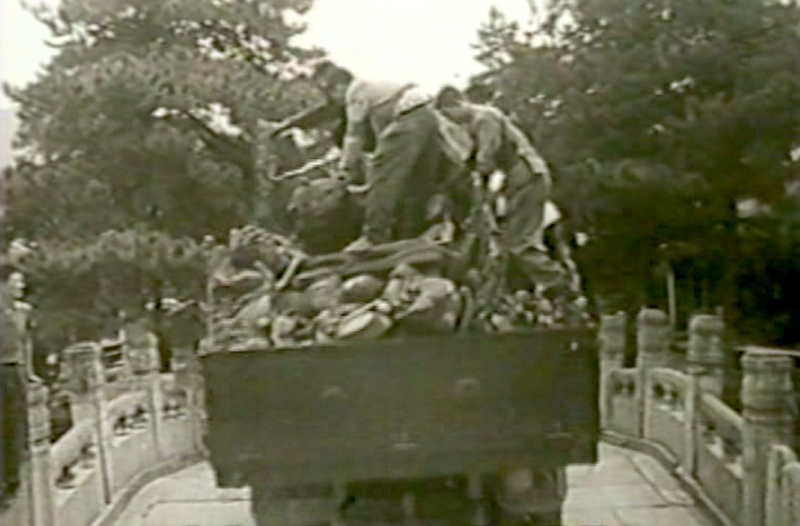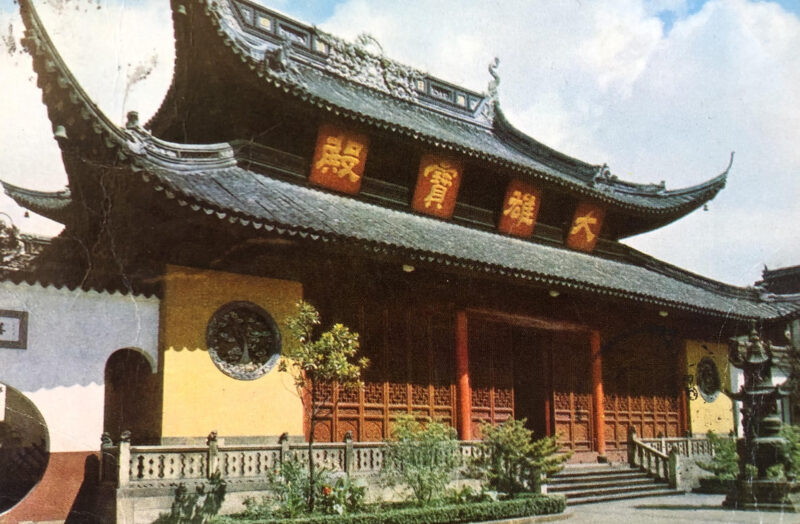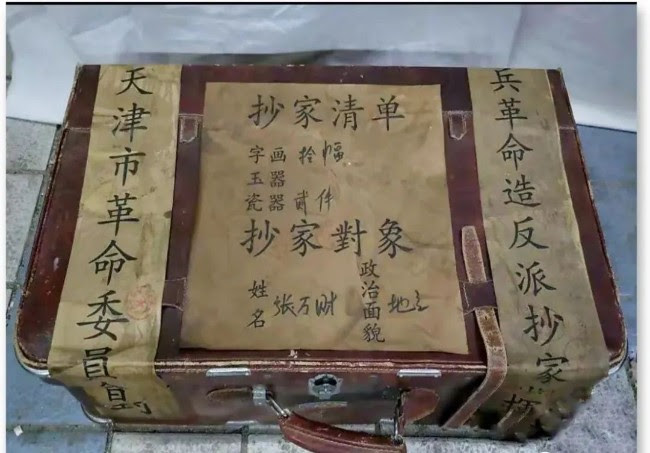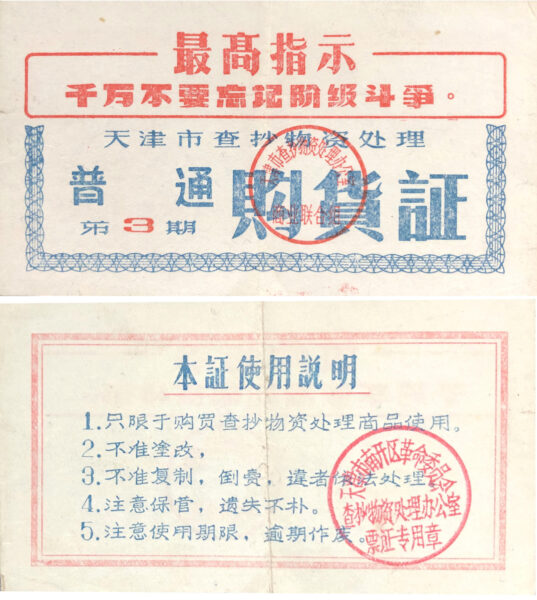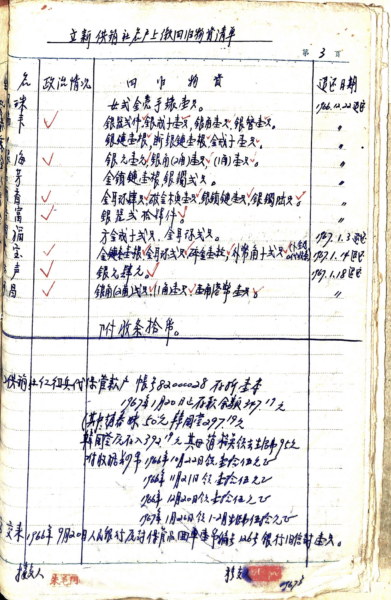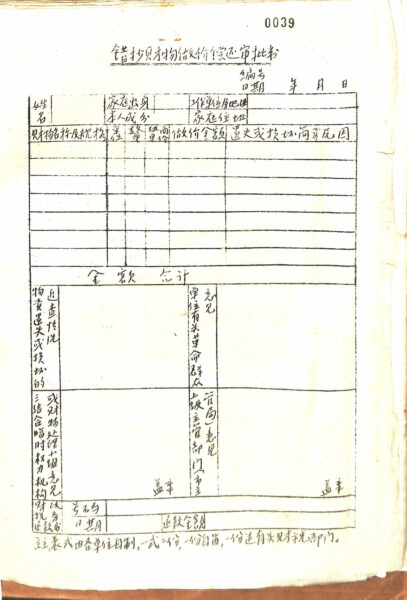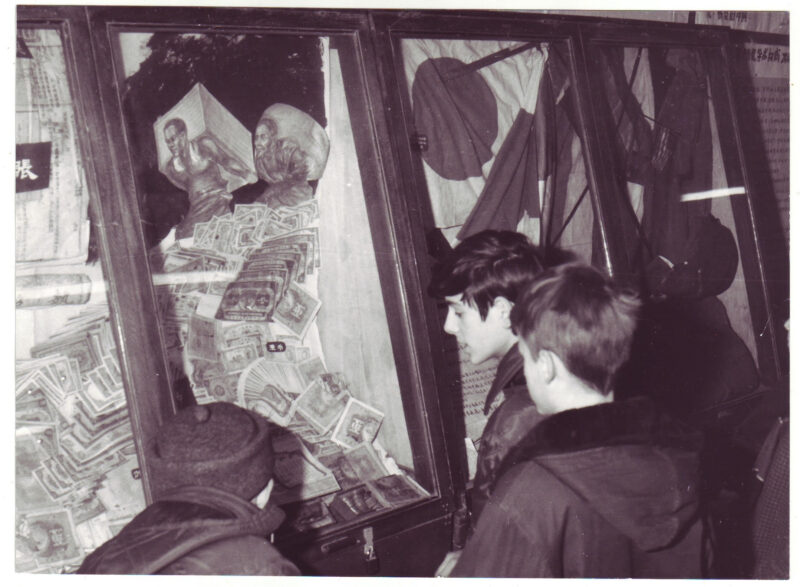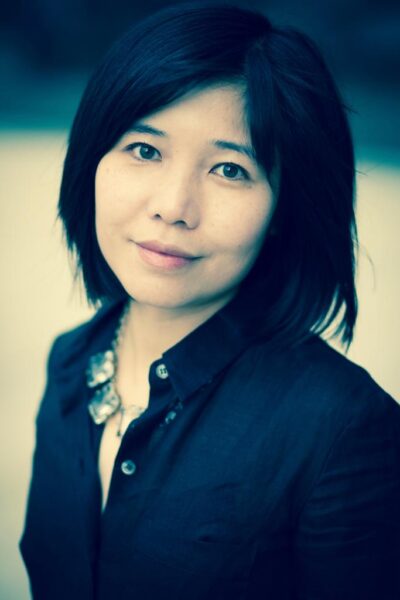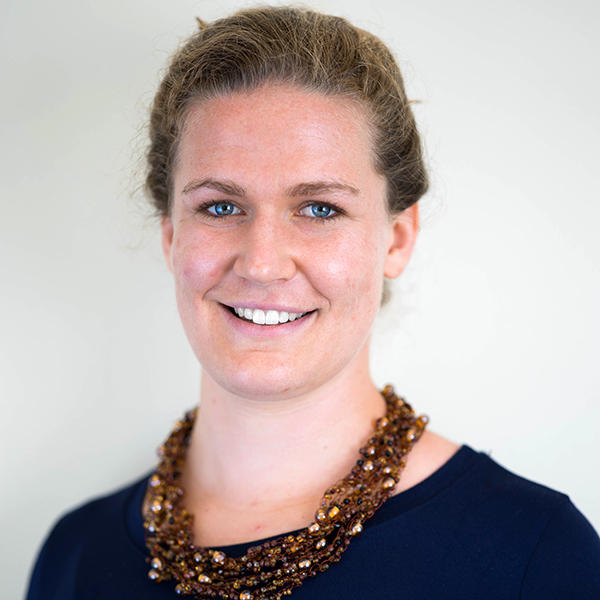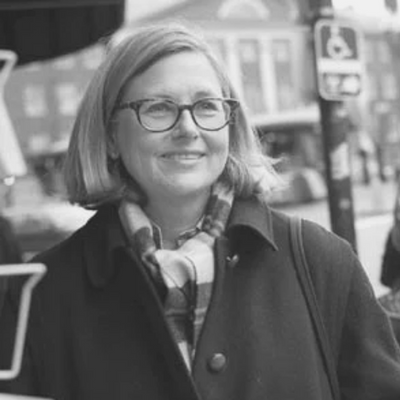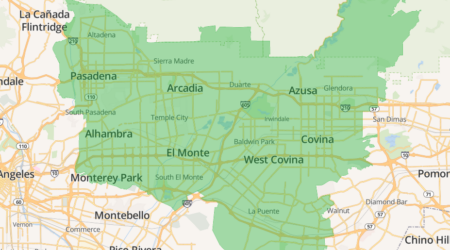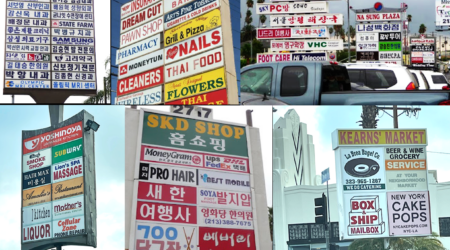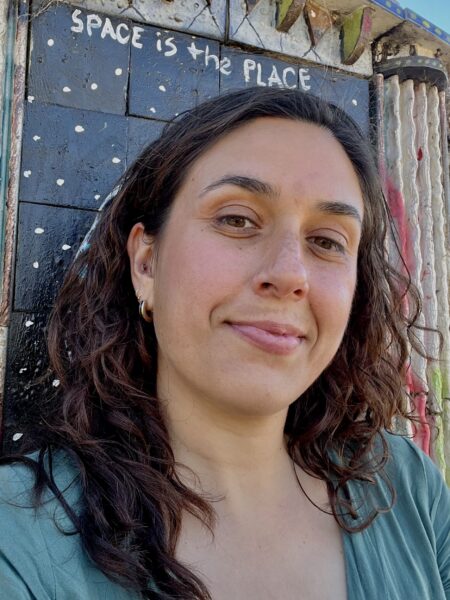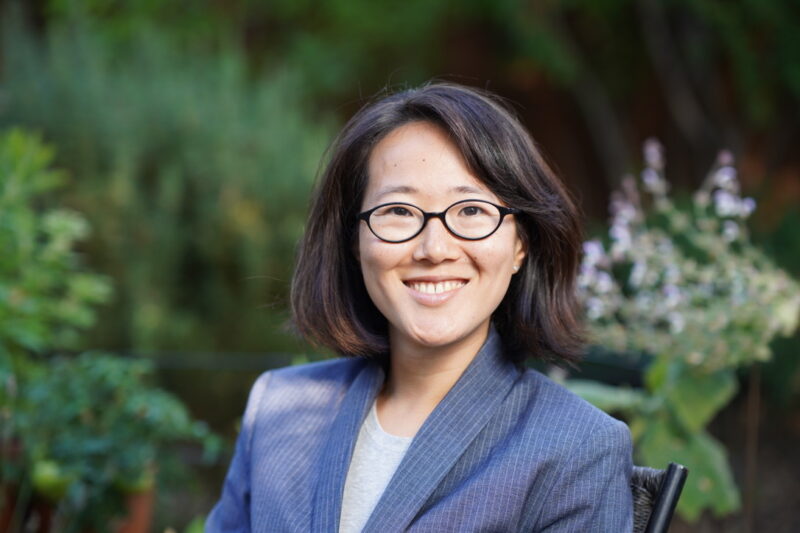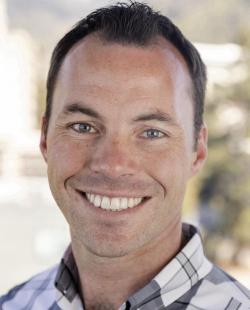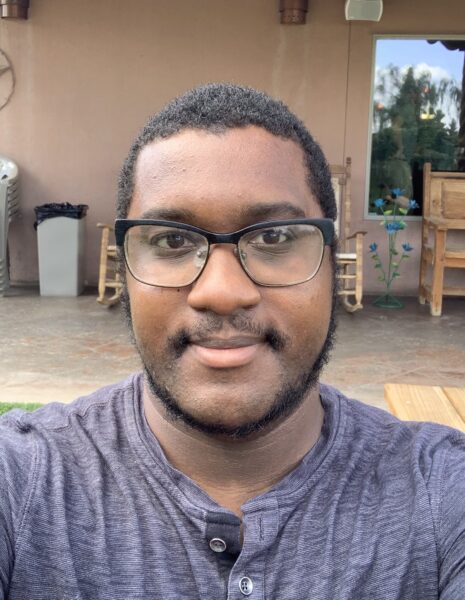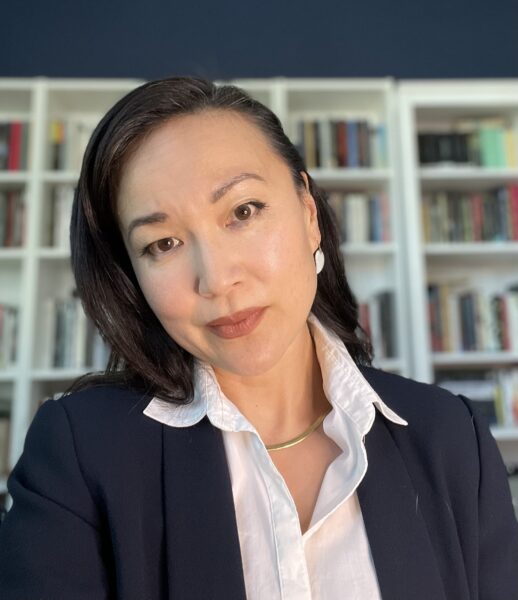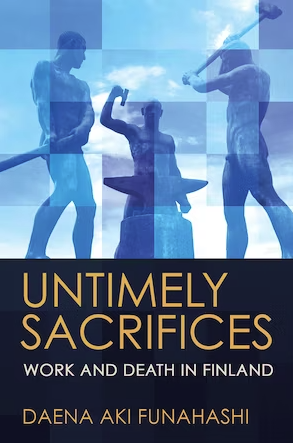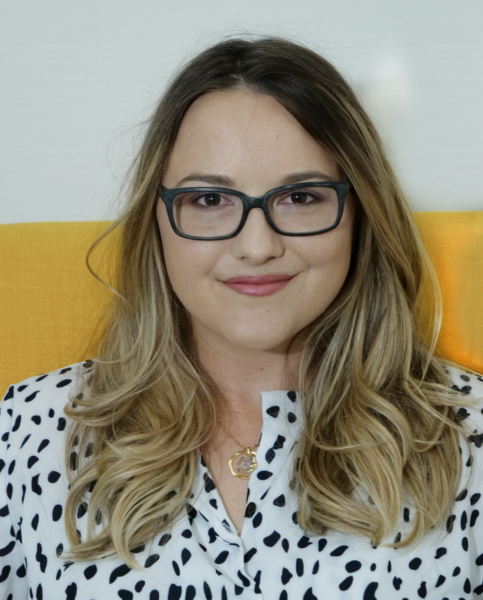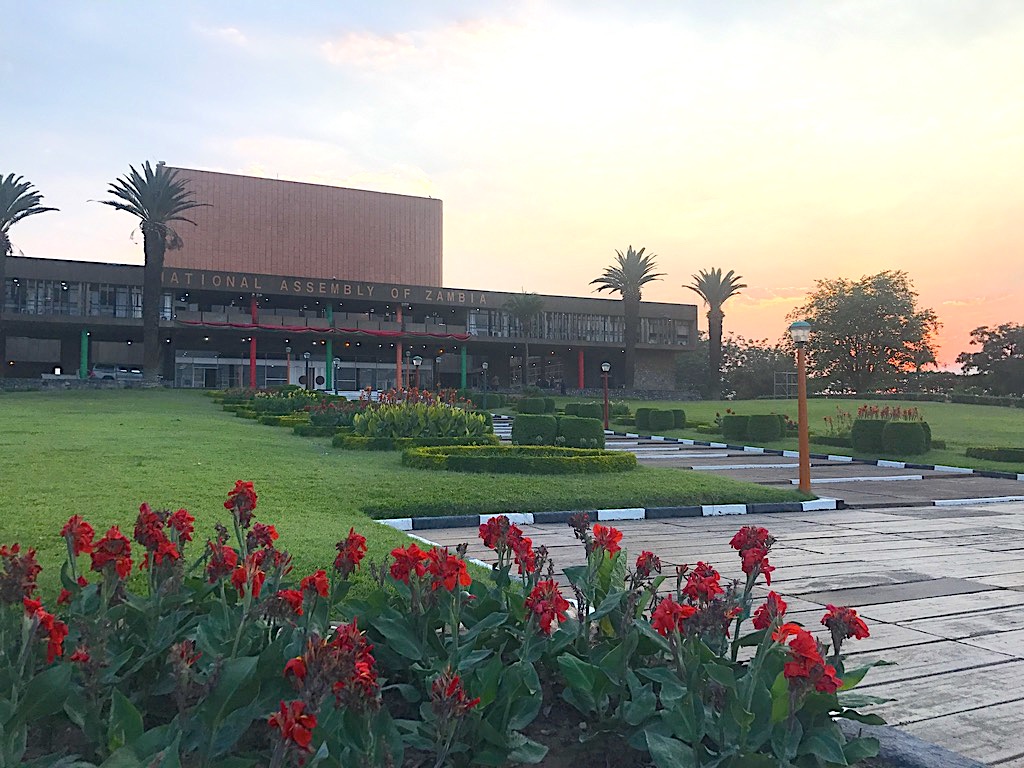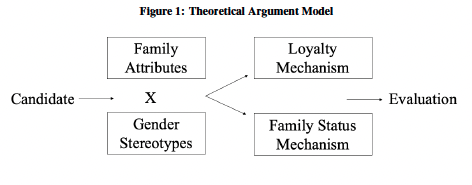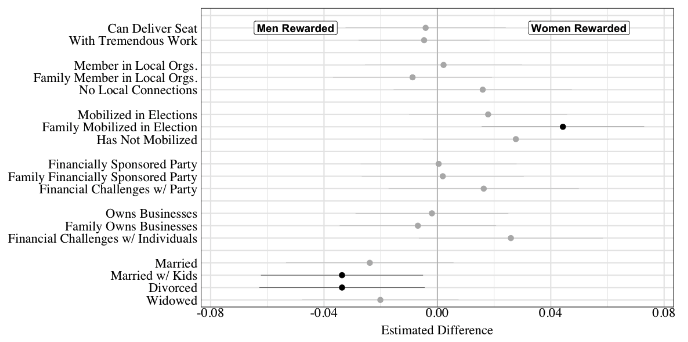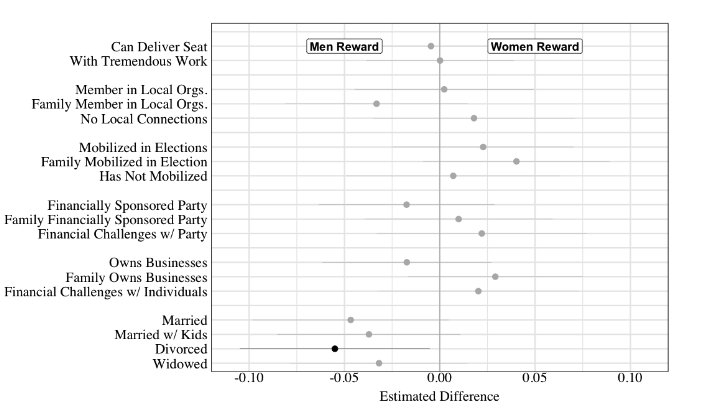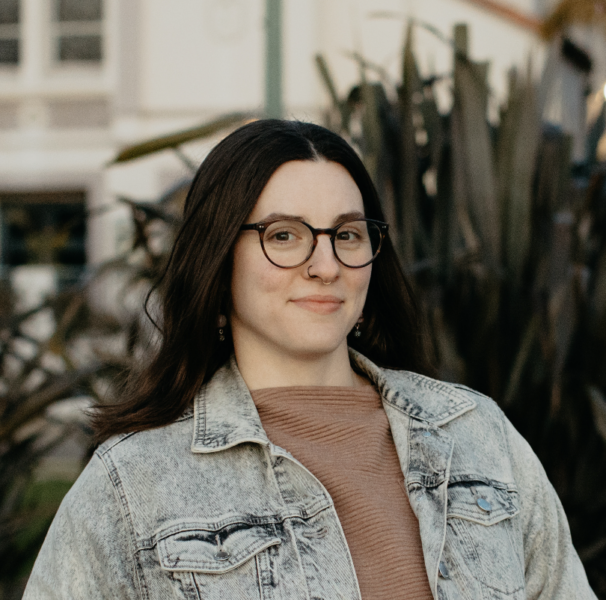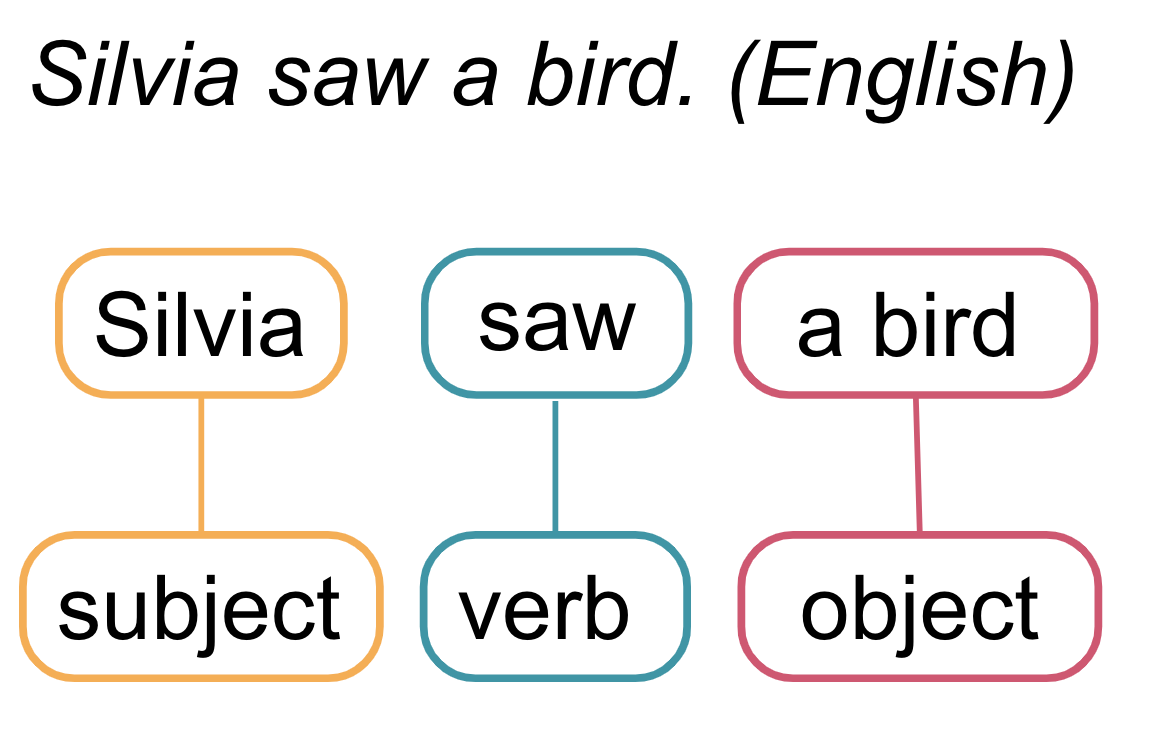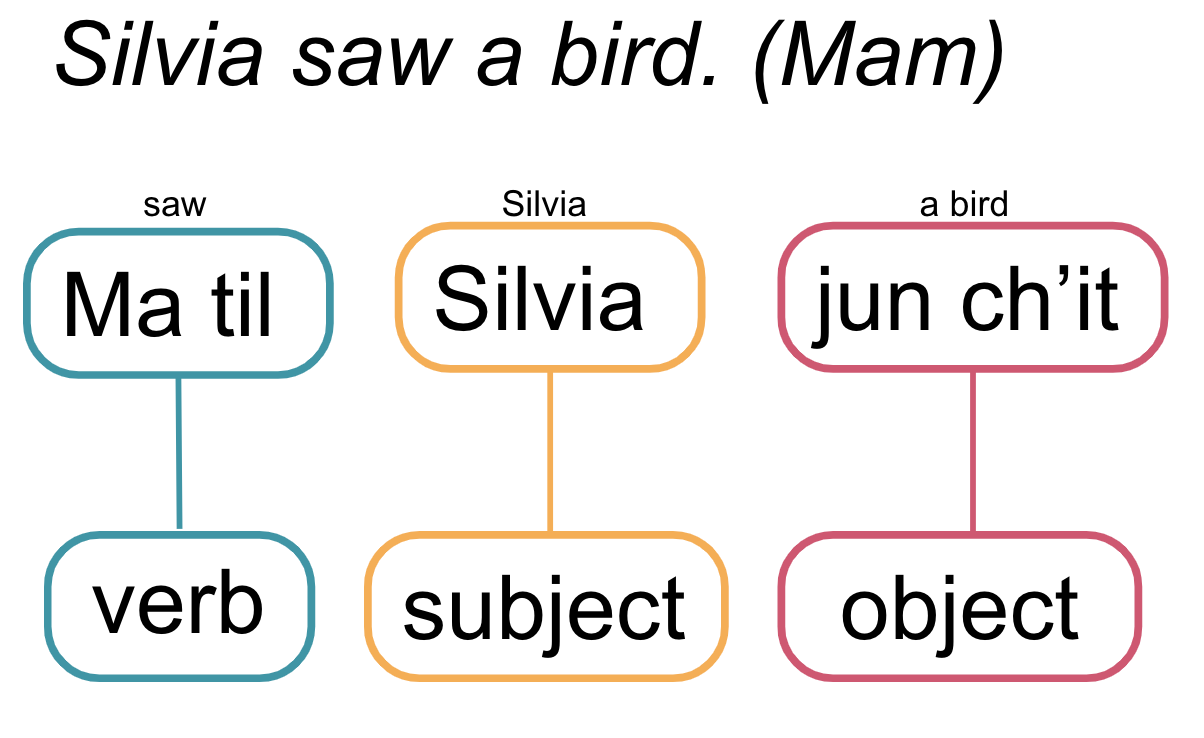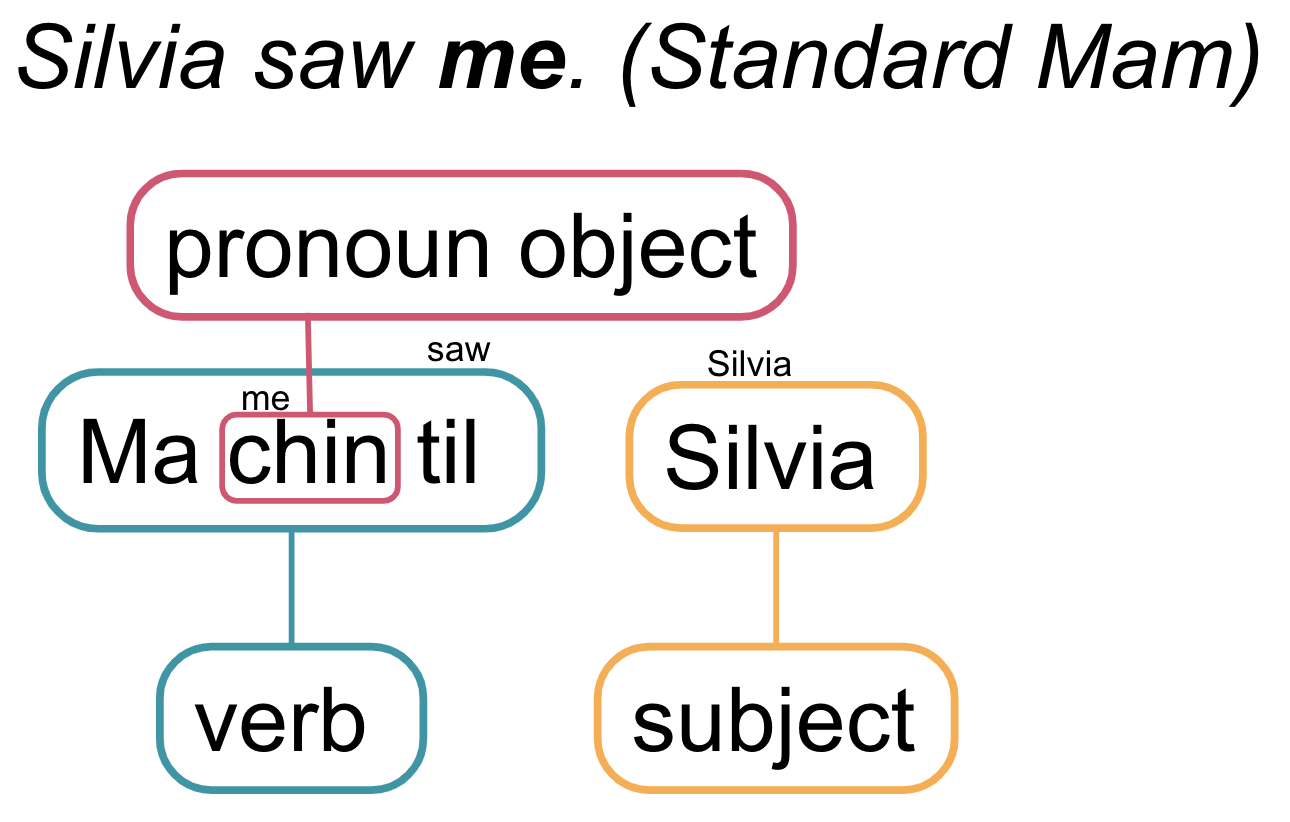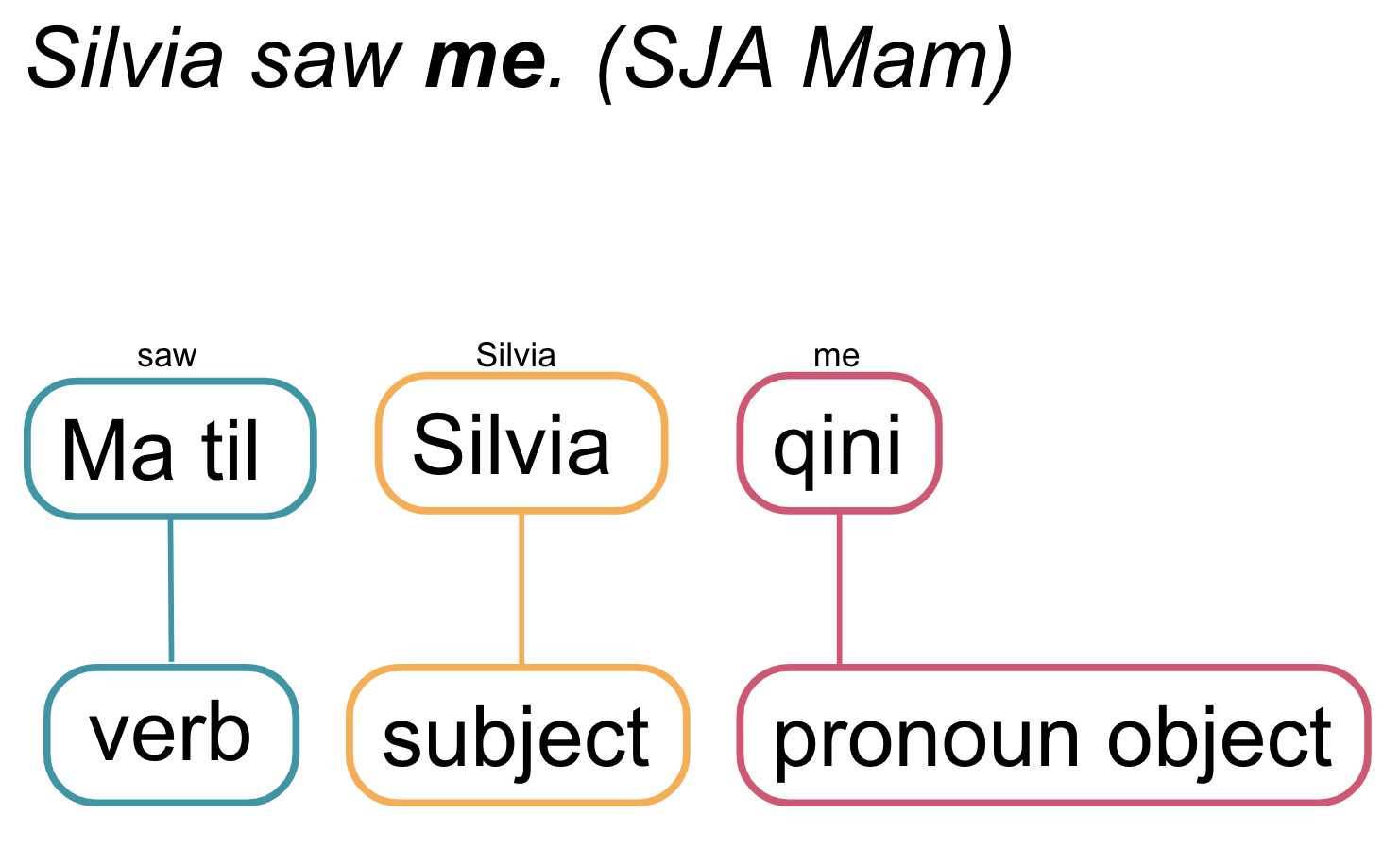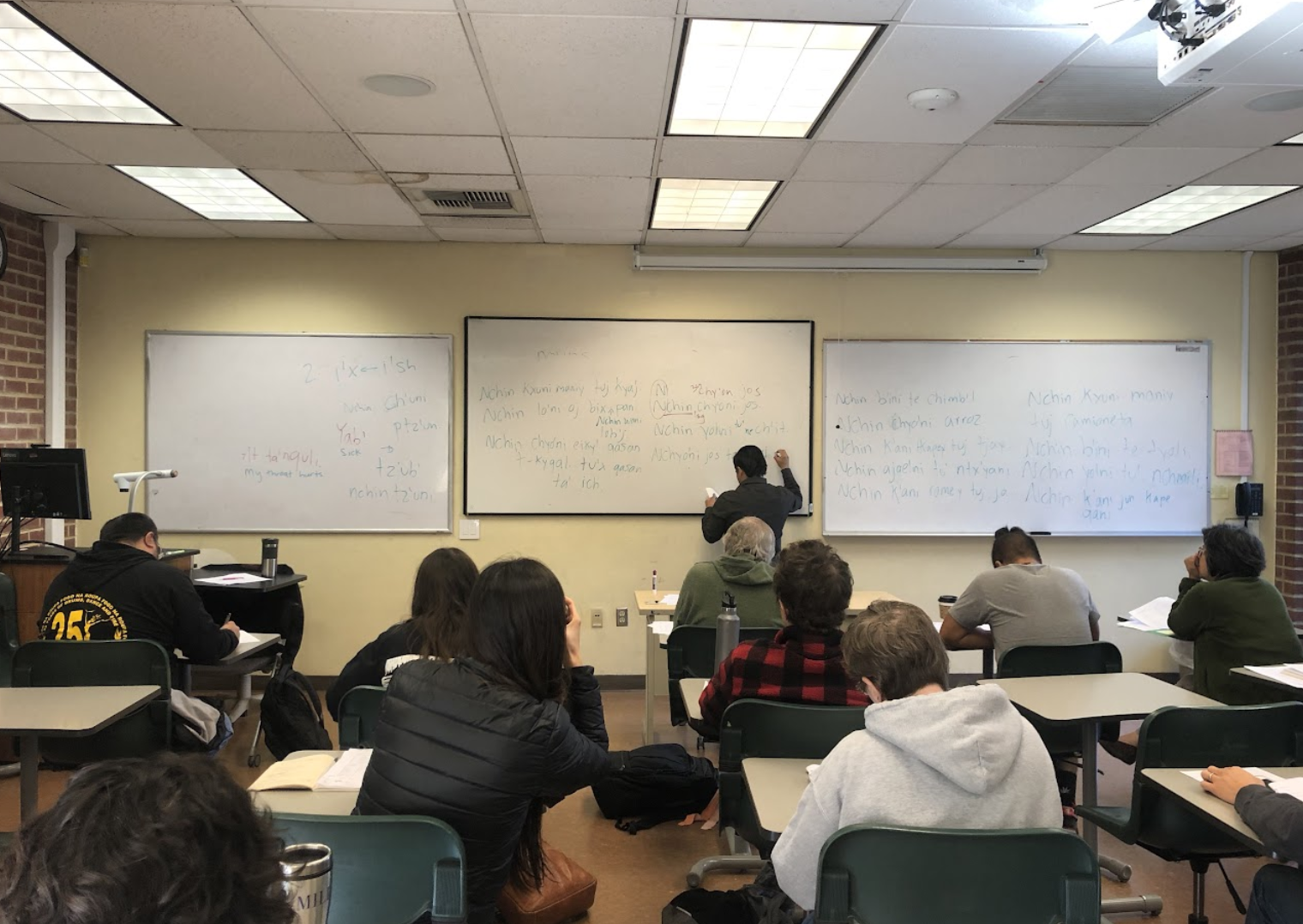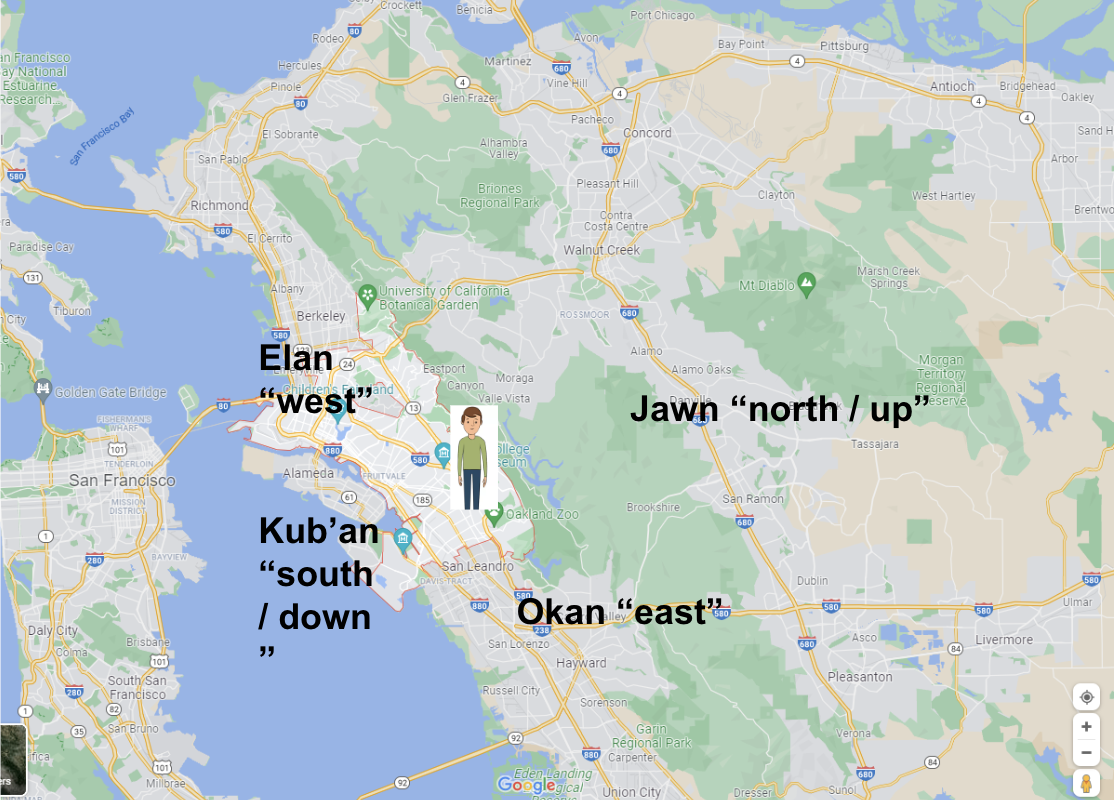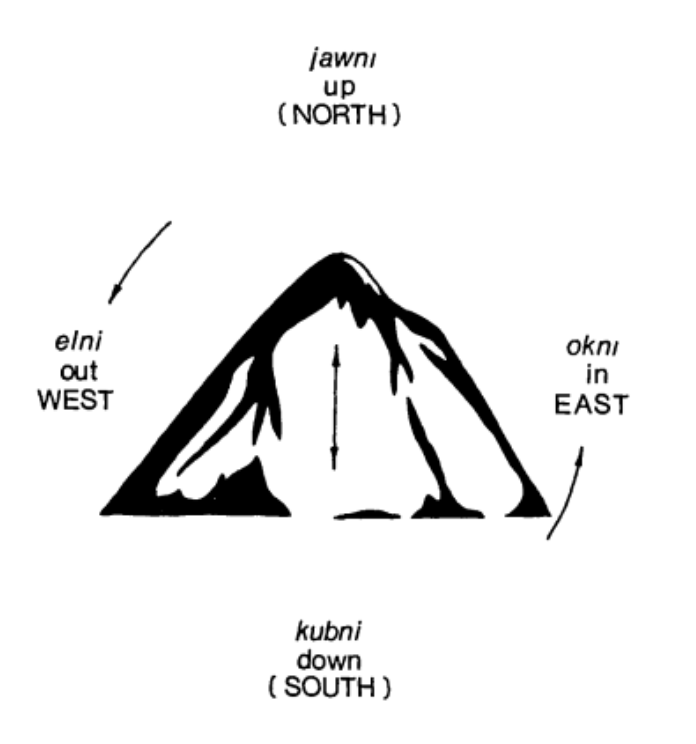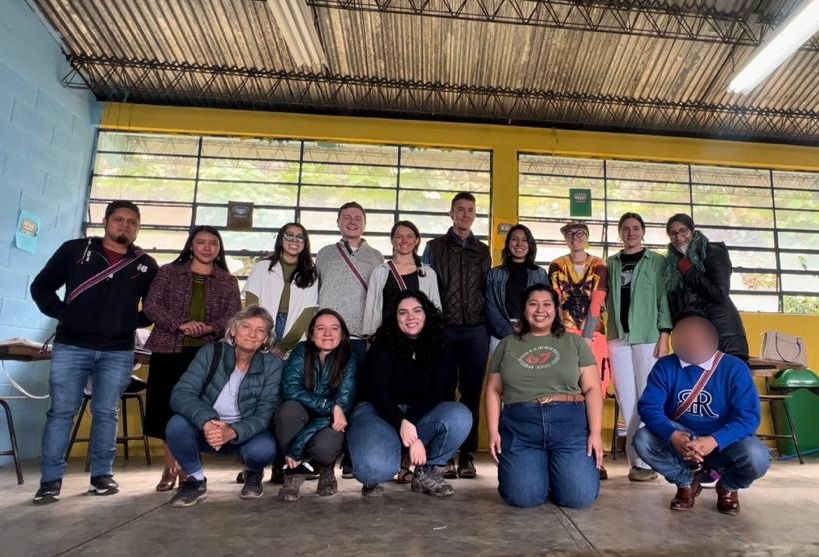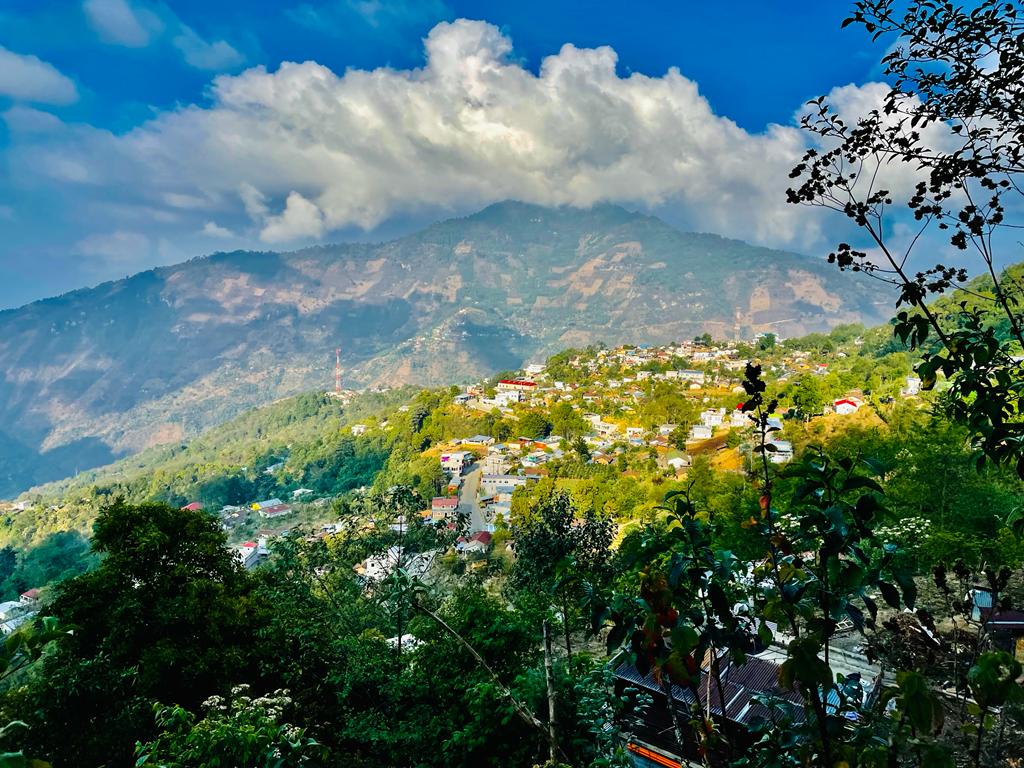For this episode of the Matrix Podcast, J.T. Jamieson, a 2022-2023 Matrix Communications Scholar, interviewed Bernadette Pérez, Assistant Professor of History at UC Berkeley. Pérez is a historian of the United States who specializes in the histories of Latinx and Indigenous peoples in the West. Her current research focuses on migrant sugar beet workers in Colorado, and explores intersections between race, environment, labor, migration, and colonialism in the post-Civil-War era.
Before joining the faculty at UC Berkeley, Pérez was the Cotsen Postdoctoral Fellow in Race and Ethnicity Studies at the Princeton Society of Fellows in the Liberal Arts , where she taught courses in History and American Studies. She has received fellowships and awards from the Mellon Foundation, the Council on Library and Information Resources, the Organization of American Historians, and the Western History Association. In 2018, her dissertation won the W. Turrentine Jackson Dissertation Award from the Pacific Coast Branch of the American Historical Association and the Outstanding Dissertation Award from the Immigration and Ethnic History Society.
Listen to the interview below or on Apple Podcasts. A transcript of the interview is provided below.
Podcast Transcript
Woman’s voice: The Matrix Podcast is a production of Social Science Matrix, an interdisciplinary research center at the University of California, Berkeley.
J.T. Jamieson: Hello, and welcome to the Matrix Podcast. I’m J.T. Jamieson, your host, coming to you from the Ethnic Studies Changemaker Studio, our recording partner on UC Berkeley’s campus. Our guest today is Bernadette Pérez, an assistant professor of history at UC Berkeley. She’s a historian of the United States and specializes in the histories of Latinx and Indigenous peoples in the West. Her current research, on migrant sugar beet workers and corporate sugar in Colorado, explores intersections between race, environment, labor, migration, and colonialism in the post-Civil-War United States. Professor Pérez, thank you for joining us today.
Bernadette Pérez: Thank you, J.T. I’m excited to be here.
J.T. Jamieson: So the production of sugar and the history of sugar as a commodity has occupied scholars across different disciplinary fields. So what makes sugar so interesting to scholars, and what first drew you to research sugar beets?
Bernadette Pérez: I think there are a lot of reasons why scholars have thought about sugar, and thought about how to historicize it or how to understand it as a substance and what kinds of qualities it has, and the ways in which it has been used to both flavor food and preserve it — but also, during the Industrial Revolution in Europe, to really account for a lot of European workers caloric needs, right? And so I think people have come to sugar from a lot of perspectives. Whether it’s nutritional aspects, or thinking about its complicated histories in European transatlantic colonial systems, and in the history of slavery, and really also in the history of plantation agriculture.
Especially when we think about sugar cane as being something that came with some of those first Spanish military expeditions in the late 1400s, and was part of that Spanish Imperial and colonial project in the Caribbean and the Greater Americas, I think a lot of people have been really curious about, what is that relationship between any particular commodity and imperialism and slavery? And then also, why is it that this one particular commodity has had such a powerful role in the centuries that followed, even today? And I know in the context of U.S. history, when you teach, like I do, Latinx histories, or when you teach U.S. history, particularly post-Civil-War U.S. history, you can’t talk about those histories without taking into account how the U.S. in the late 19th century really started flexing its offshore imperial muscle around that commodity of sugar in Cuba, and Puerto Rico, and the Philippines, and Hawaii. And so I think sugar becomes something that is so fascinating and complicated and difficult, because of all of the different histories that it’s bound up in, and the way that it continues to be a pretty powerful industry globally today.
J.T. Jamieson: So as you say, sugar is really significant to histories of plantation labor, of slavery, of empire. And as such, a lot of the history of sugar production is identified with places like the American South or Louisiana, the Pacific world, Hawaii, the Caribbean. But your research shifts the geographical focus. So what was it that brought sugar production to the American West, and more specifically for you, to Colorado?
Bernadette Pérez: This actually gets back to the second part of the question you last asked, which was about what brought me to this project. And I think that what brought me to this project is in many ways bound up with that story of, how did sugar end up in the U.S. West — and not just as something you could buy at the store, but something that was produced in the U.S. West.
So just quickly, I came to this project initially as a master’s student in Latin American Studies. So I was not thinking historically at that time, but I was more interested in — and this would have been the late 2000s — this wave of anti-immigration bills that were being passed by state legislatures in the U.S. And there had been one in Colorado in 2006 called “Defend Colorado Now” that was passed. And it was really meant to be symbolic, because states don’t have the power to regulate immigration — that is the domain of the federal government, and more particularly of Congress. But they can make the lives of immigrants and undocumented people more difficult, and frustrating, and scary and vulnerable. And so that was what these policies were intending to do.
And at the time, before I started my master’s program, I had been working at a women’s clinic and I had seen how that set of policies was asking us to interact with our clients in a new way, particularly for those programs that were state-funded. So things like breast exams and other reproductive health care programs that the clinic had. And so I saw how difficult of a position that put those of us who had to start taking these policies into account and were interacting with people, and then also just how scary it made a lot of people’s lives in Colorado. And so that experience came with me into my master’s program.
And after taking, you know, a year and a half of coursework, I started to think about actually what I wanted to do my thesis on was something that was closer to home and to my own experience, having grown up in Colorado myself, and to think about that set of policies that were being passed and how it affected people. And at that point, I started going around Colorado and interviewing people who worked with immigrant organizations. I interviewed farmers. I interviewed people from immigrant communities. And one of the things that I kept hearing about — because at that time, this was a movement that was very explicitly anti-Mexican — was that if I wanted to understand anti-Mexican racism in Colorado, I needed to go back to the sugar beet industry. And that was a kind of funny, pivotal moment for me, because I was like, sugar beet industry, what is that? And I had never heard of the sugar beet industry, even though I had grown up in Colorado and my own family had migrated to the United States from Mexico in the 1920s, the same set of years when a lot of people who came to the U.S. from Mexico ended up working in the sugar beet fields across the West. But it wasn’t something that I knew about. And so I think at that point, I started to think, oh, this seems like something that is very important to the history and to the experiences of peoples that I’m trying to understand and to be able to speak more about, and that it was a history that most people didn’t know.
So even now, when I give talks on my work, I often have to start with, “okay, let me first introduce you to the sugar beet industry and sugar beets in general.” They are a crop, a very important crop. Most sugar produced in the United States today is produced from beets, not cane. And that has been the case for a little while now, and since the 1890s has increasingly been the case, in that that’s the moment when you started to see U.S. producers producing more and more sugar from beets rather than cane.
And so yeah, it felt important to me to be able to make that history more known and more visible. And for me to understand, how was it that this industry that, you know, when we think about it, and we learn about it, is much more associated with the South, particularly the antebellum period — Cuba and Hawaii and the Pacific world. And so I wanted to understand how was it that sugar came to the West and how that even happened. And that brought me on a long journey of trying to figure that out, how it was. And this is part of what my dissertation did. And part of what I’m now working into my first book.
But I decided to get at that question by following one sugar family: the Oxnards. Oxnard, California is named after the Oxnard family, actually. But the Oxnards were a kind of interesting family in that one branch of the family came from Boston, and, you know, in the 1700s and 1800s were merchants. And then the other half of the family made their money in Louisiana sugar in the antebellum period. And right before the Civil War, they ended up leaving the South and abandoning or selling their investments there, right before the war started, and ultimately ended up in the Northeast — so returning home to where some of them had been living in Boston and New York, and getting into refining Cuban cane sugar, which at that time was still slave-produced, because slavery was still legal for at least a decade after the Civil War in the United States.
And from there, I learned a bit about the corporatization of the industry and the formation of the sugar monopoly, the Sugar Trust, and how it was that middling sugar capitalists like the Oxnards, who weren’t the largest, most powerful, most wealthy sugar producers in the U.S., were really thinking about, oh, how do we get in on this if we are not a part of that baron class, right? And they were wealthy, and they were white, and they had a long history of making their money as capitalists, either as merchants or as sugar producers in Louisiana, but they were still middling.
And so I follow how they ended up going to Germany, taking a look at how German sugar producers were starting to industrialize and grow this new way of mass producing white sugar from beets. And that project, then, of bringing the industry to the West — which a lot of white settlers in the West had been interested in doing, but they didn’t have the expertise or the capital that was needed in order to make that industry successful.
And so I really look at how, when some of these sugar capitalists got invested in that industry and making it a success, that’s the point at which you start to see factories popping up, first in California, then in Nebraska, then Colorado, Utah, then across the West. And there was this whole hope for the industry that it was going to replace cane sugar, and that also it was going to help rejuvenate a number of white settler towns that had only recently been established, but that, particularly in agricultural areas, were really struggling in the 1880s and 1890s. And so the hope was that sugar beets were going to save the West.
The story is much more complicated than that. But I think how sugar comes to the West really has a lot to do with some of the internal politics within the capitalist class, and with what at that moment was a project of the federal government, taking land that it had recently acquired in what’s now the U.S. West, and making it or transforming it around white settlements, and settlements that ideally would last longer than a decade or two. And so I locate the industry at that intersection of U.S. capitalist imperialism, but also settler colonialism, and the way that the sugar industry after the Civil War was trying to reinvent itself, sometimes by changing its geography, and other times by changing some of its production practices and systems.
J.T. Jamieson: So it’s a very complex, many-sided story. We’re thinking about the growth of corporate sugar elites, growing agrobusiness, the importance of the growth of a settler empire in the American West, and then of course the workers, many of them migrant workers, who are often racialized in all different kinds of ways by these corporate sugar barons, or those people who are aspiring to be corporate sugar barons. So maybe let’s break some of these perspectives down.
So with the the corporate capitalist elite side of things, for families like the Oxnards, how much does their growing sugar empire depend on the support or assistance of the federal government or the American state? What is the relationship between growing agrobusiness in this period — the late 19th century and the early 20th century — and the growing state bureaucracy? Is the government supporting the growth of the beet industry? If they are, how so, and why?
Bernadette Pérez: That’s a great question. And I think, you know, this was a family and an industry that had long been supported by the federal government, or by state governments — so even before emancipation, in the legalization of slavery and upholding that institution, and preserving that institution, and then also through trade policy through the sugar tariff, right? So this was an industry and a family that was used to receiving support from the state for their business. When they went to the West, part of that was about following in those steps.
So this was a moment when the U.S. was getting much more interested in and invested in Hawaii, and in 1876 passed a treaty with Hawaii called the Hawaiian Reciprocity Treaty. And that was very much about reducing the cost of bringing in raw materials from Hawaii to San Franciscan ports and turning them into manufactured goods. And in this instance, it was about sugar, so bringing raw sugar from Hawaii to San Francisco’s industrial district, which was around Potrero today, and turning that into white refined sugar. And so there was the lure of that trade agreement that brought a lot of sugar capitalists and sugar workers to California.
But because of some of that competition within this group of sugar producers, and because of the fact that many who got involved in the industry, either as factory workers and then those who own sugar companies, were ethnically German, they had familiarity with beet sugar. You started to see people like Claus Spreckels in San Francisco, wondering how he might bring European beet sugar to the West, and really capitalizing on the fact that there were a lot of Mexican ranchos — these huge estates that had been carved out of the missions, and then granted in some instances to elite wealthy Mexican citizens before the U.S.-Mexico war in 1848, and in other instances had been sold. The 1870s to 1880s is a moment when those large estates are oftentimes going into foreclosure, and the landowners are going bankrupt and losing those estates. And so what you saw was this new class of settler-capitalists who saw that there was land very cheap, and were acquiring it, and often acquiring huge tracts of land. So it’s not like they were just buying 160 acres; they were buying tens of thousands of acres, sometimes more than that.
And so, that is something that Claus Spreckels did. And he was thinking about how to bring plantation-style agriculture, because he was somebody who by that point, the late 1880s, had monopolized the sugar industry in Hawaii. And he was thinking, how do I bring that kind of production to California? And so you see him starting in the mid-1880s, and really until 1890, thinking about how to make that a reality, and to adapt that Hawaiian plantation model to California. He was also somebody who brought in some of his own Japanese and Chinese workers on his steam shipping company, right? So he facilitated labor migration of Asian workers from Hawaii to California. And then you also have to think about these Mexican ranchos as not just being estates owned or lived on by a single wealthy family. These were often estates that many, many people lived on, including resident workers. And then also many people who had been Mexican citizens and also California Indigenous people, who didn’t necessarily respect the lines of property, in that they lived where they were able. And they had, in some instances, creative working relationships with the estate owners, and others kind of disregarded whoever the landowning family was.
And so when those big estates were bought by people like Claus Spreckels, a lot of people who had been living on those huge expanses of land were now suddenly dispossessed and having to find new ways to survive and to create livelihoods. And so that’s the moment where you start to see the kind of emergence of this Asian, Mexican, and Indigenous migrant labor force — not just in sugar, but in a lot of industries — the citrus industry, for example, and in railroads and lumber camps, right?
So there were a lot of industries that relied upon these communities as workers. But the sugar industry was also one. And and that was very much what also brought sugar producers not only to the West, but then from California, brought them to start looking inland, away from the coast, towards inland California, or Nebraska, or — in the case of my research, I focused more particularly on Colorado — towards Colorado, and thinking about how to adapt some of these existing production systems, from Hawaii or from the Caribbean or from Eastern Europe, to places that were recently in the middle of massive dispossession of Indigenous peoples and former Mexican citizens. And so this all happens around that time. And that’s how you come to see a very kind of racialized and differently racialized migrant working class.
J.T. Jamieson: So the working class that you’re examining, as you say, was often a migrant working class, involving dispossessed Indigenous people, Mexican workers, later Japanese workers, and sometimes also white or Western European workers. What is the relationship that these corporate capitalist elites build with this workforce? Are they trying to implement some kind of disciplinary regime over them? Are they trying to control their labor in any particular ways? How do they interact with their workforce?
Bernadette Pérez: The Oxnards, as an example, build their first — well, actually, they build two factories around the same time. And the first one, they start to build in what is now Chino, California. But they halted in the middle of the planning process and decide instead to build that first Oxnard factory in Nebraska, in Grand Island. And, you know, within a year or two, they have two factories in two very different locations. And part of the rationale for that has to do with labor, and also has to do with the power — or the growing power — of white farmers at that time. In Chino, Henry Oxnard went into business with a man named Richard Gird, who owned what had once been Rancho Chino, this big, former Mexican ranch. And he was trying to recruit white farmers to settle it and to create this new town of Chino, but was finding settlement to be pretty slow. And he was also experimenting with other ways of making the land profitable. So first, it was run as a ranch. But the 1880s is a moment where the meat market really kind of takes a dip. And so there was an effort on his part to rethink what to do with Rancho Chino. And that’s part of how Henry Oxnard ends up there.
The problem, from their perspective, was that at that time, there was a pretty violent anti-Chinese movement in California. And so the question was, how do you create a labor-intensive new industry in a way that doesn’t draw the attention of new white settlers, and doesn’t bring a kind of violent mob attack on their part? Because that was happening across the state. And so they were thinking about, okay, how do we maybe rent the land to tenant farmers? Maybe we find sharecroppers, whether these are European immigrants, whether these are white American settlers from more Eastern places. Maybe we farm it ourselves using company managers. And Oxnard’s first sugar companies took all of these approaches.
I think that context of anti-Chinese violence in California led him and his investors to think about building that first factory in Nebraska instead. And it’s not because they thought, oh, maybe we are going to be able to refigure this industry around white farmers and eliminate the need for a lot of agricultural labor at very particular moments of the crops’ cultivation. That just wasn’t possible, because the reality was that cultivating sugar beets — while different from cultivating sugar cane — was very labor-intensive, and there was no getting around that. But because the Oxnards had recruited a lot of sugar experts in Europe, from Germany, and from that area where Germany and Poland and Russia borderlands intersected, a lot of his agricultural workers had experience with an ethnic community called German-Russians, who were ethnic Germans who had gone to Russia in the 1700s, invited to colonize and create agricultural communities in the Volga region, as well as in the Black Sea region. And by the 1880s, and even before that, they were facing persecution in Russia. And so a lot of people from those communities ended up leaving, either returning to Germany or going to other places around the world, oftentimes to white settler nations like the United States.
So there were a lot of German-Russians living in Nebraska at that time. This is the late 1880s, early 1890s. And these were rural people. They were agricultural people. They were often communities that had very large families. And so part of the draw of bringing Oxnard and his investors to Nebraska was how to capitalize on some of the federal infrastructure, and these new administrative entities like the U.S. Department of Agriculture and land-grant colleges that had these new research capacities to help troubleshoot growing new crops in the West, how to capitalize on that whole scientific and state infrastructure, while also addressing the labor question. And that’s exactly what they did, in that the rhetoric that they used as they were building that first factory in Grand Island was all about white farmers and what the industry was going to do for white farmers, at a time when white farmers were in revolt. This is the moment of the populist movement, where white farmers were very much building a third party, and were thinking about how to force capitalism and the U.S. federal government to listen to their needs and concerns, and to restructure the economy and the nation’s infrastructure in ways that would benefit them, and not just the baron class.
So that was the rhetoric — “we’re going to Nebraska to help white farmers” — but the reality was that they were interested in drawing upon that infrastructure, and then hiring migrant workers from a community that in Nebraska was looked down upon in very discriminatory ways. German-Russians in Nebraska were considered to be lesser whites. They were seen as being undesirable. And they were confronting barriers around their own social mobility into jobs that would give them a better quality of life. And so they were oftentimes restricted to some of the more poorly paid positions. That was part of what brought the company to Nebraska.
And so it was very much about the support of the federal government in terms of its research capacity, and also that there were immigrant communities that the industry could bring in to a fairly coercive labor system, where there was a lot of effort on the part of this company — and really the industry at large — to separate out and control different communities within the industry, whether it was white farmers, whether it was diverse immigrant workers, or Indigenous workers. In Nebraska, for instance, almost immediately, Oxnard’s labor manager started recruiting at Indigenous, Native American boarding schools that were federally run at that time. Same in California. And thinking about how to use these different communities against one another, so that you wouldn’t see any particular one starting to organize in order to gain ground against the company. And so there was a very kind of conscious effort to racialize different parts of production, from the field work, to the the position of the farmer, to the people who carried out different jobs in the factories, and so on. And I can talk more about some of the systems that develop over the 20th century around different communities as the industry expanded later on, if you like.
J.T. Jamieson: Well, so as the industry does expand, later in your story, you also begin to talk about labor movements and civil rights movements and coalition-building across all of these different populations of workers. So how do those labor movements form? At what point do they form? At what point, from the perspective of workers, do they start to agitate for labor and civil rights?
Bernadette Pérez: So some of the first movements that form very early on have a lot to do with populist and nativist politics in California, Nebraska, and Colorado. In Nebraska, you saw white mob actions against Chinese workers who were hired to work on Rancho Chino. In Nebraska, you saw the Knights of Labor and the Farmers Alliance turning on the sugar industry because of its hiring in Eastern European immigrant communities, and also its hiring of Indigenous workers from the Indian School and also from reservations in Nebraska. And then in Colorado, you saw from the very first year that the first factory in Colorado opened, this movement against the company’s practice of recruiting agricultural workers from Mexican and Indigenous communities. Those non-white agricultural workers, also from the very beginning, engaged in their own forms of resistance politics, or of movement-building politics. But they often looked different than what we often associate with agricultural labor movements today, which are often talked about in relation to the United Farm Worker movement, and strikes and boycotts.
In some of the early years, and particularly in the Colorado context in the first few years, there were a lot of people recruited to come work in the industry from the Pueblos and from the Navajo Nation. And the conditions that these native workers found themselves in Colorado did not reflect what they had been promised. And so their response to that did not look like a collective labor movement, in that everybody who was working in the fields made a move towards building some kind of collectivity or union. But you did see, particularly along lines of community, efforts to stage acts of resistance, to pull the Office of Indian Affairs and Indian agents into their working conditions, and try to get the Office of Indian Affairs to involve themselves in their efforts to, say, reclaim wages that they had not been paid, or to make farmers or the company provide better access to food and water.
And then in other instances, it was just people deserting — so leaving. And I think that there’s a way to think about those as an important part of the history of labor politics, and in this case, how it intersected with sovereignty politics, the right of Indigenous nations and workers to accept work on their own terms, and to leave work on their own terms. And then you started to see, particularly in ethnic Mexican communities during the Mexican Revolution, a growing move toward some kind of worker collectivity. Because in the region that I study in Colorado, the southeastern part of the state, the Arkansas Valley, it wasn’t that far from the coal mining fields. And a lot of the workers who worked in the industry were not always a part of the IWW or other labor organizations, like miners unions, but they knew people who were, or there had been outreach efforts on the part of those labor organizations to try to organize and bring agricultural workers into the IWW (the International Workers of the World) union.
So the Mexican Revolution was really important for that shift. And by the 1920s, you started to see a growing push for creating a beet workers union, which workers started to do in 1927 and 1928. And over the next few decades, you saw that unionization effort intersecting with a lot of other communities in Colorado and across the West’s efforts to reform or reimagine what the role of the state should be, and also to reform the relationship between workers and capital, or to change that relationship, or in some instances, depending on the organization, abolish that relationship, right? And so in the 1930s, for example, you saw social reformers who were not super radical, but they were invested in ending child labor practices, for example, and improving conditions for agricultural workers in Colorado, collaborating with other organizations and beet workers themselves, and having a larger conversation around what it would mean to do this work in a way that these workers and their families could live lives of dignity and what would that take, and what needed to be done.
And this was a really interesting moment, the 1920s and 1930s, because there were a lot of different radical and social progressives, basically, who were interested in thinking about how to work across their differences. And so you did start to see some multiracial coalitions and collectives coming out of that moment in the industry in the 1920s and 30s. And that goes into the 1940s. But in the 1940s, you really saw a kind of violent response on the part of farmers and sugar companies, and then also the federal government, to disempower agricultural workers and unions. And a lot of this was done under the cover of the Red Scare.
But I think that this is important because, when we talk about the Civil Rights Movement — people often talk about it as a movement, rather than a set of movements, but I think that there’s a way to think about it as a set of movements, many of which had much longer histories — and that in Colorado, and in the West, really goes back to this earlier period. And some of the coalitions and ideas that were coming out of the Mexican Revolution, the workers’ internationalism of the 1910s, 1920s, and 1930s, and that we can’t understand what happened in the 1960s and 70s without going back to that earlier period, and that they set really important precedents, or also laid the groundwork for some of these later movements. And just to give you an example, the Chicano movement was a set of movements that all came together in the 1960s. But one part of that movement came out of Denver, and the Colorado Crusade for Justice was this organization that was headed by a man named Rodolfo “Corky” Gonzalez in Denver, and was really important to the emergence of one part of the Chicano movement, in that the National Chicano Youth Conference was held in Denver in 1969.
But he himself had a relationship to the sugar beet industry, in that different family members of his had worked in the fields. I think he himself had. And if you look at some of his writings, he references that experience of being a beet worker, and the injustice and violence of that experience being a really important motivating experience for his activism later. And so I think you can think about that at a larger scale, in that those communities who worked in the beet fields, they were not individual workers. By the 1910s, it was largely whole families working together. And so this was a labor experience that whole families — men, women, and children — all experienced together through generations, and was a series of really difficult and violent contexts that then was really important to the kinds of demands that they were making later on in the century.
J.T. Jamieson: You tell a history of race, of empire, of capitalism, and of labor, but you’re also telling an environmental history and a history of the land itself. So maybe we can conclude with thinking about the beet and what the environmental challenges or consequences were in Colorado for planting beets. So what was the ideal beet? And what challenges did workers or corporations face when trying to cultivate it?
Bernadette Pérez: So sugar beets were a crop that were developed from common garden beets, like the beets that you eat in your salad, right? But that over a kind of process of hybridization and agricultural research and development were separated from garden beets and deemed to be their own separate kind of beet, the sugar beet, which is a much larger beet and is a much more sugarful beet, and was a crop and still — well, now it’s different in that sugar beets are genetically modified, and they’ve been adapted in all kinds of ways. But at that time, they required pretty significant amounts of water, they needed a lot of labor, and part of the labor had to do with the nature of beet seeds, in that they were multi-germ seed balls. And so when you plant one of these seed balls, you would get a lot of sprouts all at once. But in order to produce a single beet that was easy to process into sugar, workers had to, on their hands and knees, pull out all of these little sprouts, so that there would only be one single sprout that seemed to be the strongest sprout standing. And so that required a lot of work called “thinning” that happened early on in the season. And there was also a lot of work as the beets grew throughout the season — to weed them, and to make sure that they had all of the nutrients and environmental conditions that they needed in order to grow as best they could. So there was a lot that companies and their government allies put into reshaping the land around the needs of beets.
And the thing about Colorado and the high plains is that it’s a really arid environment where there’s not a lot of water. And so it required expansion of irrigated agriculture. And it also was built on the premise or the hope that you could forecast what each season was going to look like, right? And that ideally, each season and its weather and its water and precipitation would ideally fit the needs of the crop. But the reality, on the high plains, was that there were huge extremes in temperature. There were often long periods of drought, and then sometimes drought would be interrupted by deluges that would cause floods. And so there was a lot of environmental contingency involved in producing agriculture in that part of the plains.
And growing beets on the plains was actually pretty complicated. And it’s interesting, because nobody ever asked the question of whether this was the most appropriate agricultural system to be devising for that particular environment. The idea was more, this is a great idea. It’s going to create a lot of wealth. It’s going to root white settler communities on the plains. And it is going to develop the West’s agricultural infrastructure. And the reality was that what the outcome fell short of expectations, and it was actually very hard to produce beets in the ways that factories and companies wanted them, in the amount that factories and companies wanted, in a way to sustain the growth that they had prophesized. And this was also an industry that put a lot of risk, or built a lot of risk, into farmers contracts. And so farmers had to bear a lot of the risk of agricultural production. And that became a really political question about who was responsible for what got framed as the shortcomings of nature, those ways in which nature or the land intervened in unproductive ways or disrupted production, or killed acres and acres of beets, whether it was because of drought, or floods, or pests or diseases. And the question became, who was responsible when nature didn’t behave in the way it was supposed to?
And so you saw the response to that happening in ways that were highly racialized, in that some communities were able to go to the federal government or state governments and receive support when things failed. And other communities — and in this instance, agricultural migrant workers — were often made to bear the burden of what got termed nature’s failings, but I think we can really think about as being the failings of capitalism and of aspirations for what the land was going to do for white Americans and ideas of how the land was supposed to just behave, or that it could be transformed and improved in ways to make it behave and act the way that white farming communities wanted, which really was contrary to the actual nature of the land, and particularly in that place in that it was highly unpredictable.
And there was a lot environmentally that made growing beets in that region very difficult. And the way that that conflict was, in a sense, resolved between white farmers and companies was often by placing then the risks and the burdens of production, and really the failures of the industry, on to Indigenous and Asian and ethnic Mexican agricultural working communities in ways that had pretty serious consequences in terms of those communities’ welfare, and also, really profound consequences or outcomes in terms of what those communities started to organize around in terms of what they deserved, and what kinds of lives, in terms of like creating working lives that mattered to them, right? Or creating community structures and institutions that spoke to their own needs, or in the instance of Indigenous workers in the southwest, how to create economic lives in ways that supported community needs and Indigenous Nations’ needs, as opposed to enriching non-Indigenous communities at their expense. And so those became the kind of social and political questions that came out of this industry, and some of the expectations that sugar companies and farmers had for what the land was going to do for them.
J.T. Jamieson: Well, Professor Pérez, thank you so much for sharing your fascinating, complex research with us today.
Bernadette Pérez: Well, thank you, J.T. It’s been a pleasure.
Woman’s Voice: Thank you for listening. To learn more about Social Science Matrix, please visit matrix.berkeley.edu
